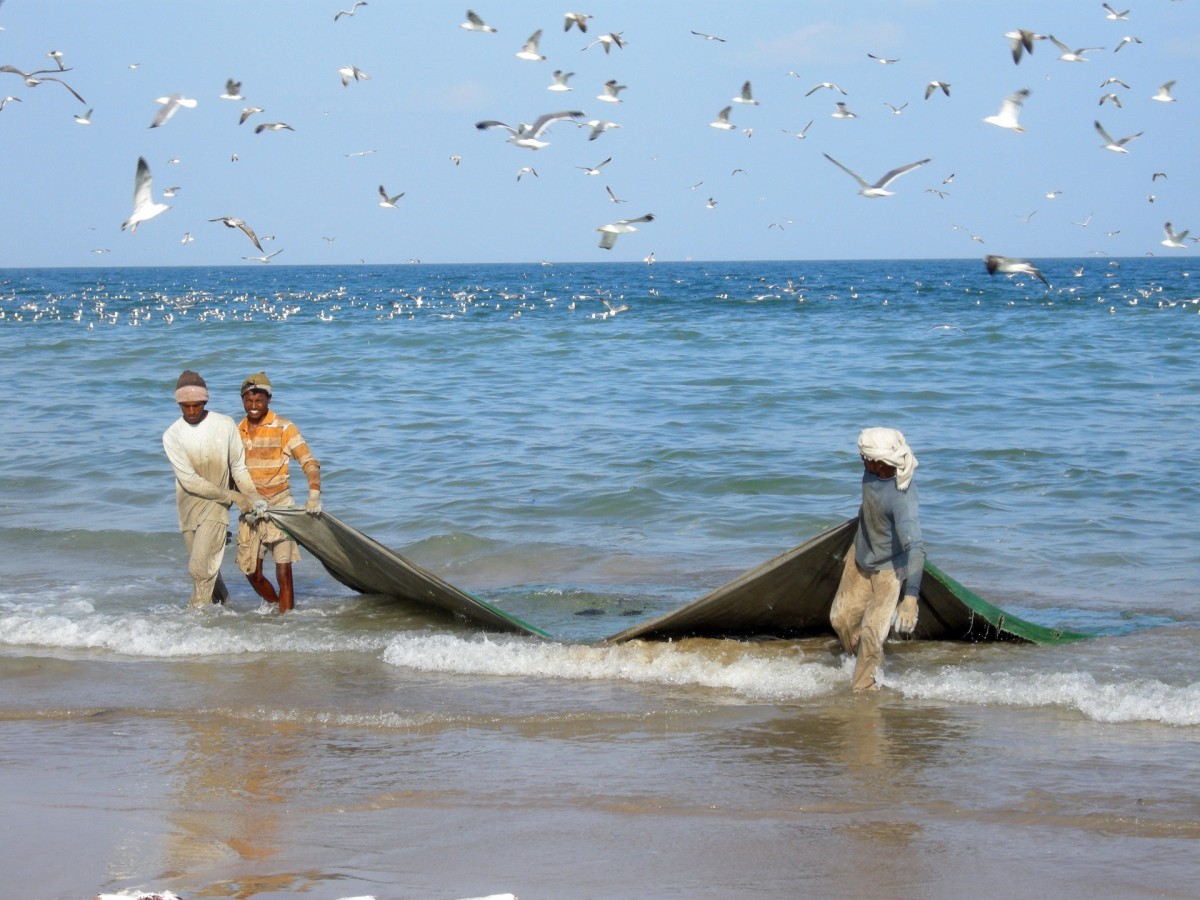1. Persian Gulf Coast (Kuwait, UAE, Qatar)
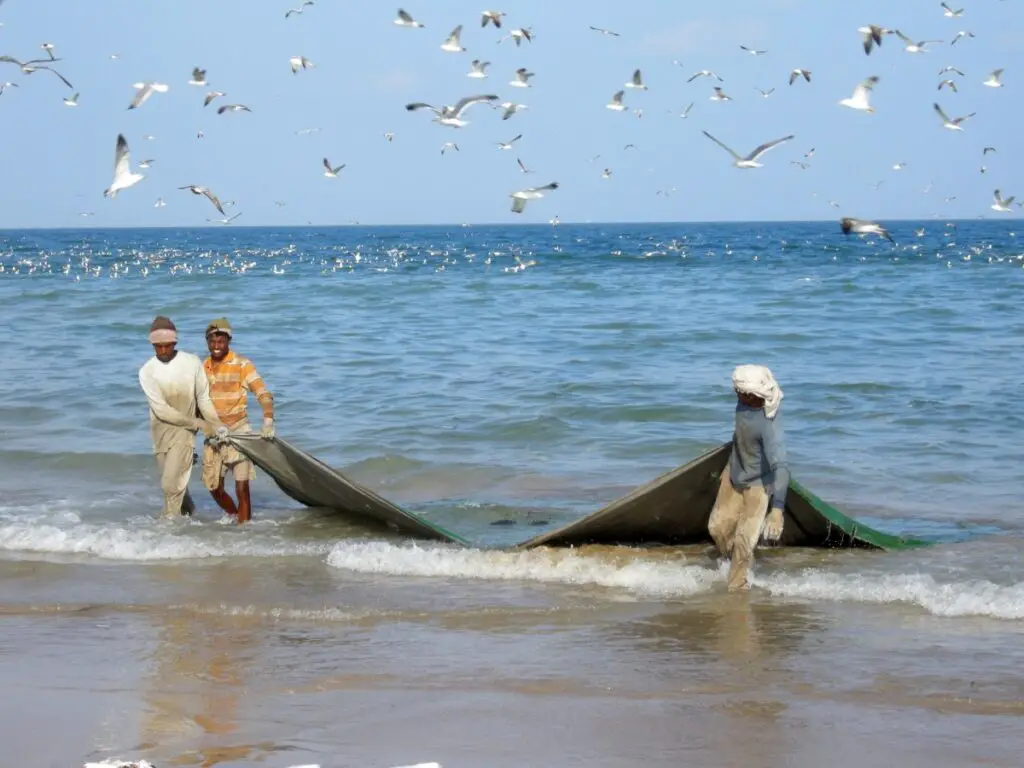
By 2070, parts of the Persian Gulf are expected to hit “wet bulb” temperatures so high, humans physically can’t survive outside without serious protection. We’re talking skin-cooking heat that overwhelms the body’s ability to sweat. According to Skeptical Science, even a few hours outside could be deadly by century’s end.
But desert-adapted animals? They’re just getting started. Think sidewinder snakes, sand cats, and heat-tolerant insects like the silver ant of the Sahara, which already thrives in surface temps over 120°F. These species are evolving better ways to burrow, reflect heat, and time their activity around climate extremes.
Meanwhile, humans will be holed up in air-conditioned bunkers, if they’re there at all. If you ever needed a reason to admire nature’s gritty survivors, this region is it. The wildlife here isn’t just tough—it’s heat-hardened royalty.
2. Central Australia’s Outback
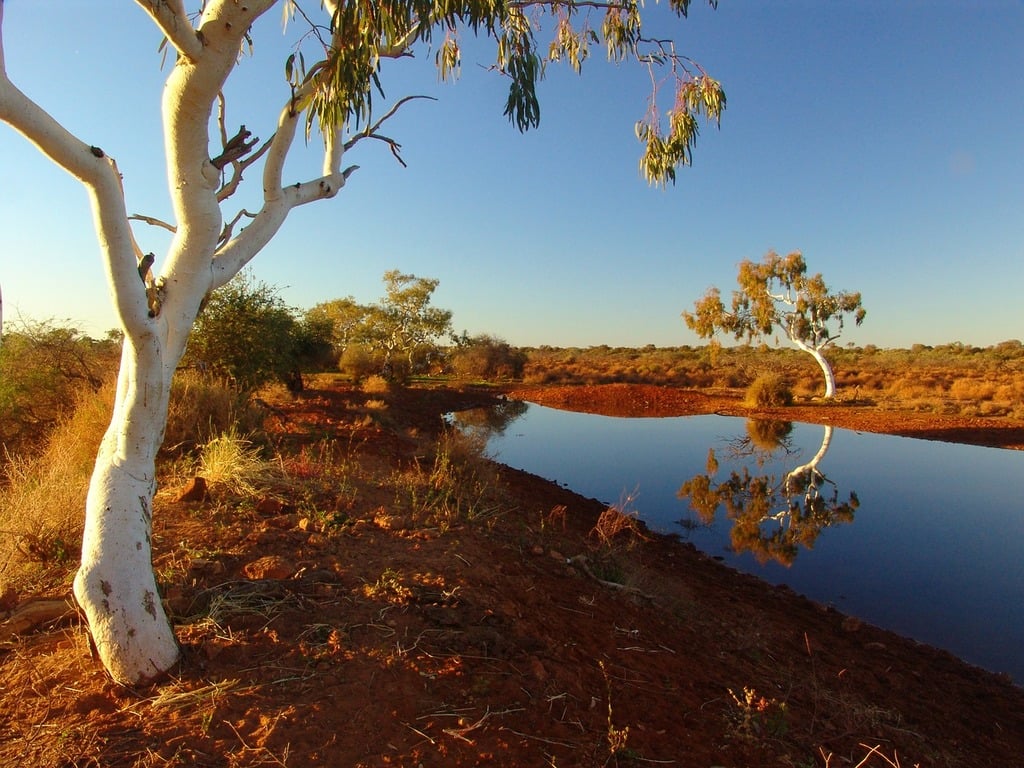
Large parts of the Australian interior are getting so dry and hot that even the tumbleweeds are like, “I’m out.” Water sources are vanishing, bushfires are intensifying, and ecosystems are reshuffling in real time. But while humans are retreating to the coasts, certain animals are digging in—literally.
Reptiles like thorny devils and desert skinks are thriving, thanks to their ability to store water and endure scorching temps underground. Birds like the zebra finch have adapted to drink little to no water at all, and marsupials like the bilby are building underground complexes that would make any doomsday prepper jealous.
Scientific American notes that as more regions become climate extremes, smaller, resilient species are set to dominate. In other words, it’ll be unlivable for most mammals—including us—but a lizard’s dream Airbnb.
Bring sunscreen? No. Bring scales.
3. Amazon Basin Flood Zones

With rising rainfall and rapid glacial melt from the Andes, some parts of the Amazon are flooding for months at a time—too unstable and mosquito-ridden for sustained human life. But if you’re a sloth, piranha, or caiman? It’s basically a five-star resort. Fish are learning to navigate through forest canopies, and amphibians are colonizing new wetland zones like it’s the gold rush.
The rivers are getting deeper and wider, creating an expanding water world that terrestrial humans can’t thrive in. According to The World Wildlife Organization, some species are developing entirely new migratory and nesting habits to adapt to the soggy shift.
While we’re dealing with waterborne disease and infrastructure breakdowns, animals here are innovating their way to the top of the food chain. The jungle isn’t shrinking—it’s flooding upward. And unless you have gills or claws, you’re not invited.
4. Northern Siberia
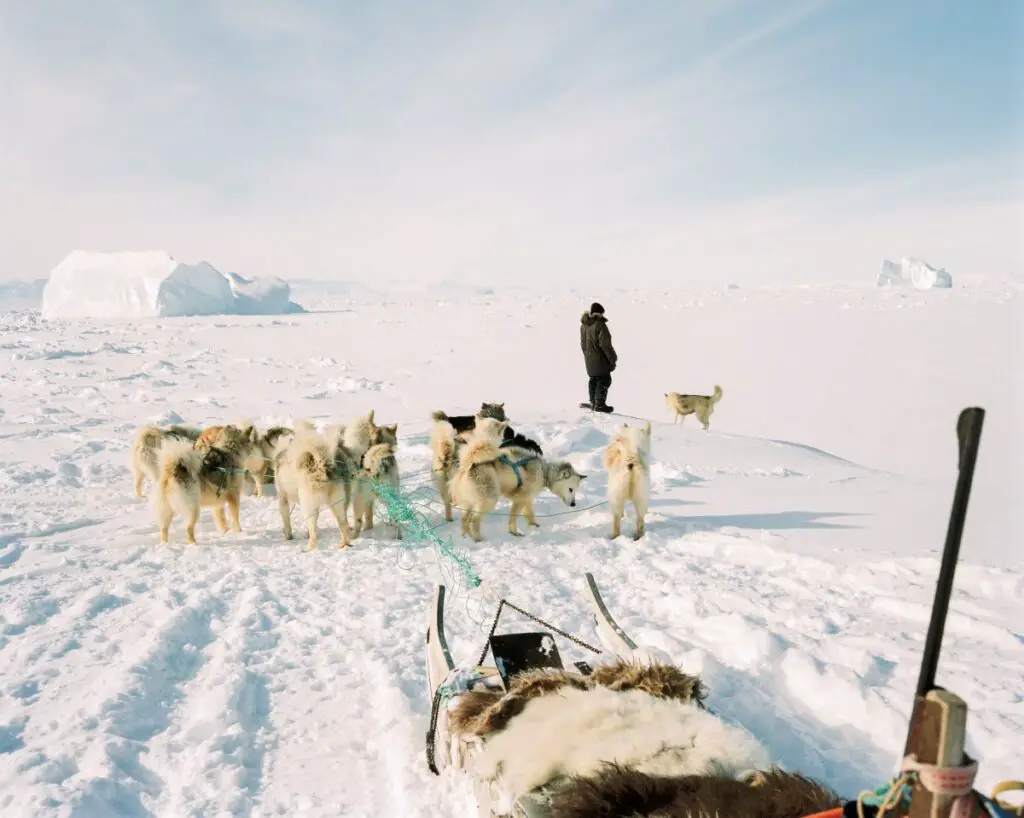
Permafrost is melting, methane is burping from the ground, and entire chunks of tundra are turning into swampy, unpredictable chaos. For humans? It’s a logistical and environmental nightmare. But for methane-loving microbes, heat-happy insects, and reindeer that dig through snow like it’s their day job? It’s opportunity knocking.
As The Conservation Institute, explains, Northern Siberia may become too volatile for human habitation, but species like Arctic foxes and musk oxen are migrating deeper into the once-locked landscape. Tundra birds are finding new nesting grounds, while invasive species like ticks and wasps are happily expanding northward.
So while buildings sink and infrastructure cracks, nature’s weirdest tenants are getting comfy. For the rest of us? It’s strictly remote-work-from-literally-anywhere-else.
5. Louisiana’s Coastal Wetlands

Between rising seas and sinking land, large parts of coastal Louisiana are disappearing. The region is expected to lose up to 5,000 square miles of land by 2100, and many human communities are already relocating inland. But guess who’s thriving in the swampy takeover? Alligators, nutria, herons, and saltwater-loving fish like red drum.
These species are adapting to brackish water, shifting coastlines, and even human-made levee systems. NPR reports that while humans fight to “restore” the land, nature is just reshaping the rules. Tidal marshes are expanding in ways that benefit wetland species, and predators like gators are cruising into new neighborhoods like it’s NBD.
It’s not great for us. But for the right animal? It’s home sweet sinking home.
6. Death Valley, California
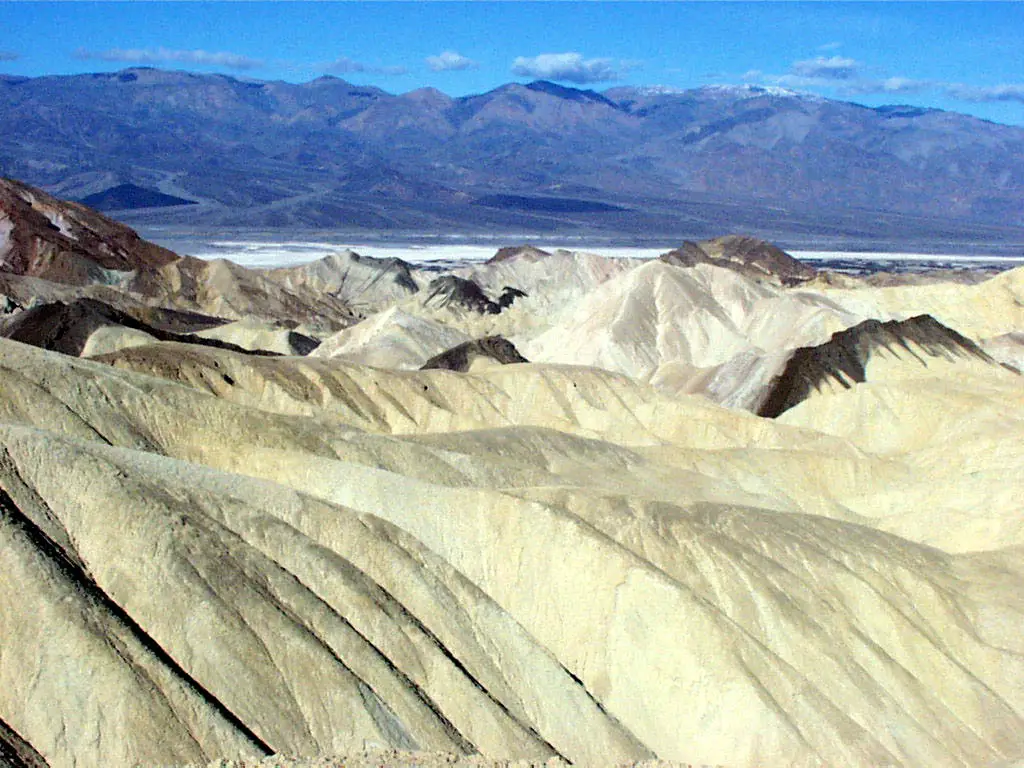
With temperatures consistently flirting with 130°F, Death Valley is already unlivable for most humans without industrial-grade AC. But for animals like the desert iguana, kangaroo rat, and the adorable-but-deadly sidewinder rattlesnake, it’s just another Tuesday. These creatures have evolved to survive extreme heat and limited water with skills that put human desert survival guides to shame.
While people are fainting after a few minutes outside, these animals are burrowing underground, slowing their metabolism, and absorbing just enough moisture from seeds and insects to thrive. Some insects even avoid the heat entirely by becoming nocturnal. If climate change makes Death Valley even hotter, we’ll be gone—but the locals won’t even blink.
In fact, researchers expect more reptiles and insects to migrate in as the heat chases us out. So yeah, bring the sunscreen. But leave the real estate investing to the lizards.
7. The Ganges Delta, Bangladesh
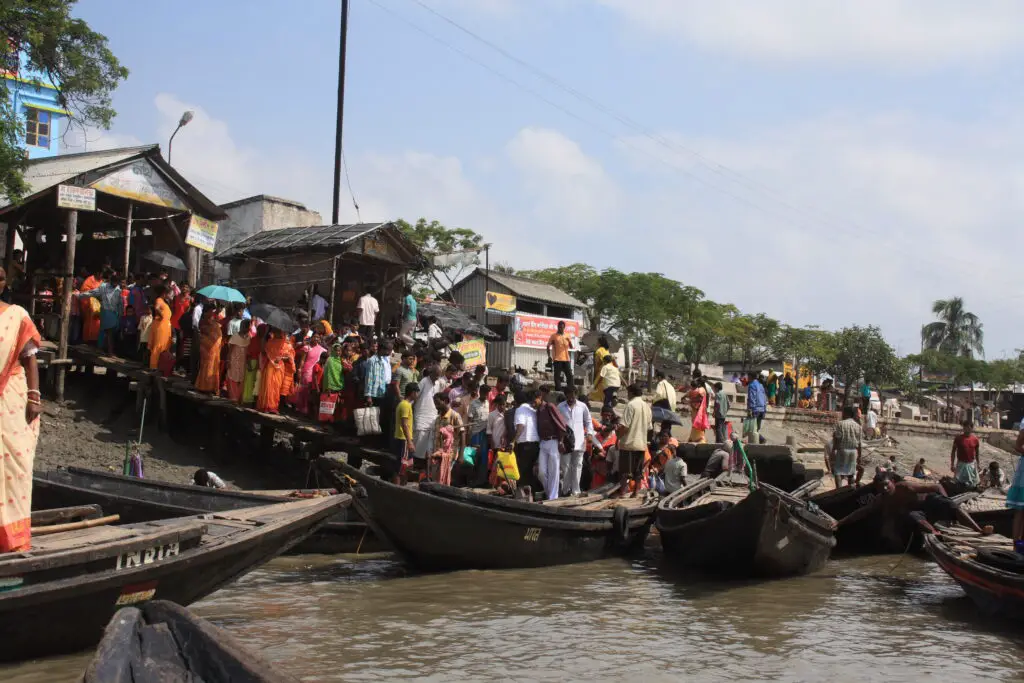
The Ganges Delta is slowly being swallowed by rising sea levels and saltwater intrusion. It’s already forcing thousands of people to migrate inland, but mangrove forests and mudflats are expanding—creating a haven for salt-tolerant creatures. Enter: Bengal tigers, estuarine crocodiles, and mudskippers who can literally walk on land.
As human agriculture collapses under salt stress, these animals are just finding more room to roam. The Sundarbans forest is shifting, but predators and amphibians are adapting with it. Even some crab species are adjusting to the changing salinity by altering their molting patterns.
Meanwhile, human infrastructure can’t keep up—roads, homes, and farmland are eroding fast. In a few decades, it might be more mud than metro. But for the local wildlife, it’s a wetland wonderland in the making.
8. Sahara Desert’s Expanding Edges

The Sahara is growing. Thanks to desertification, the edges of this massive desert are creeping into once-fertile land, making traditional farming and village life nearly impossible. But animals like fennec foxes, scorpions, and desert locusts? They’re thriving like it’s a renaissance.
These species are built for heat, long-distance travel, and surviving without water for days. Some reptiles are evolving lighter-colored scales to reflect sunlight, while birds like the sandgrouse can carry water in their feathers to bring back to chicks. As the green zones vanish, animals are adapting to what’s left—and doing it fast.
Humans, on the other hand, are facing mass displacement and food insecurity. As always, the smaller, sneakier species are winning the long game. Welcome to the new desert suburbs.
9. The Atacama Desert, Chile
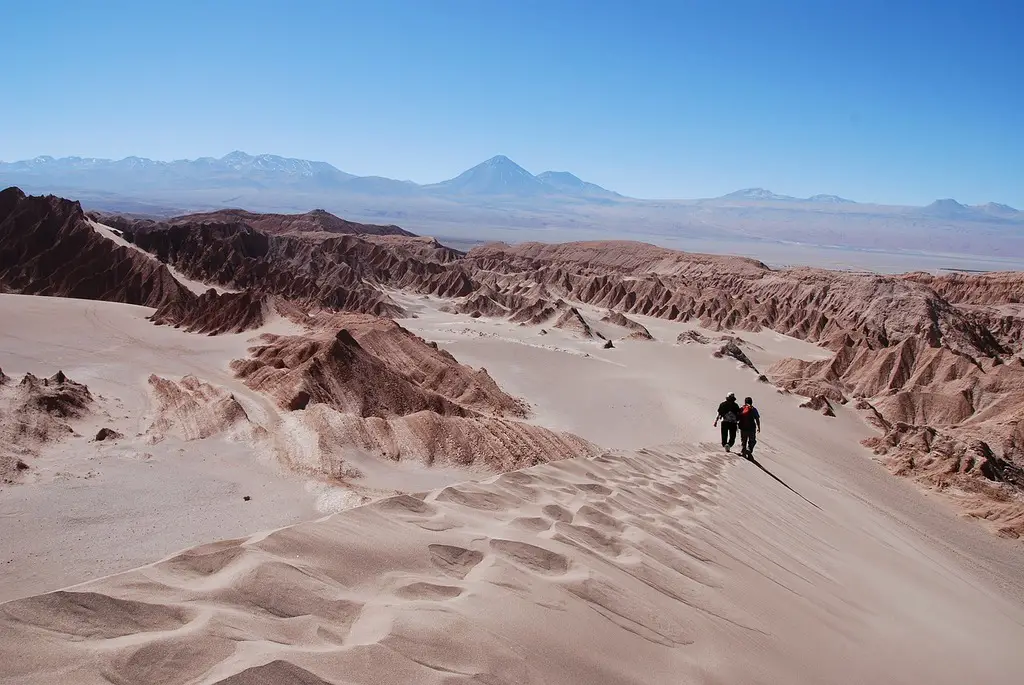
This might be one of the driest places on Earth—so dry it makes Death Valley look humid. Yet, as parts of the region become even more barren, a surprising number of life forms are hanging on. Lichens, heat-resistant microbes, and desert foxes are making a go of it in what looks like a Martian film set.
Some bacteria in the Atacama survive by pulling tiny amounts of water from fog or dew. Others are so efficient at photosynthesis, they only need sunlight and dust to live. While humans can’t build much without importing every ounce of water, these microscopic and minuscule creatures are thriving.
And scientists believe they’ll only grow more dominant as conditions worsen. You might not want to live there, but Earth’s tiniest tenants are booking extended stays.
10. Mekong Delta, Vietnam
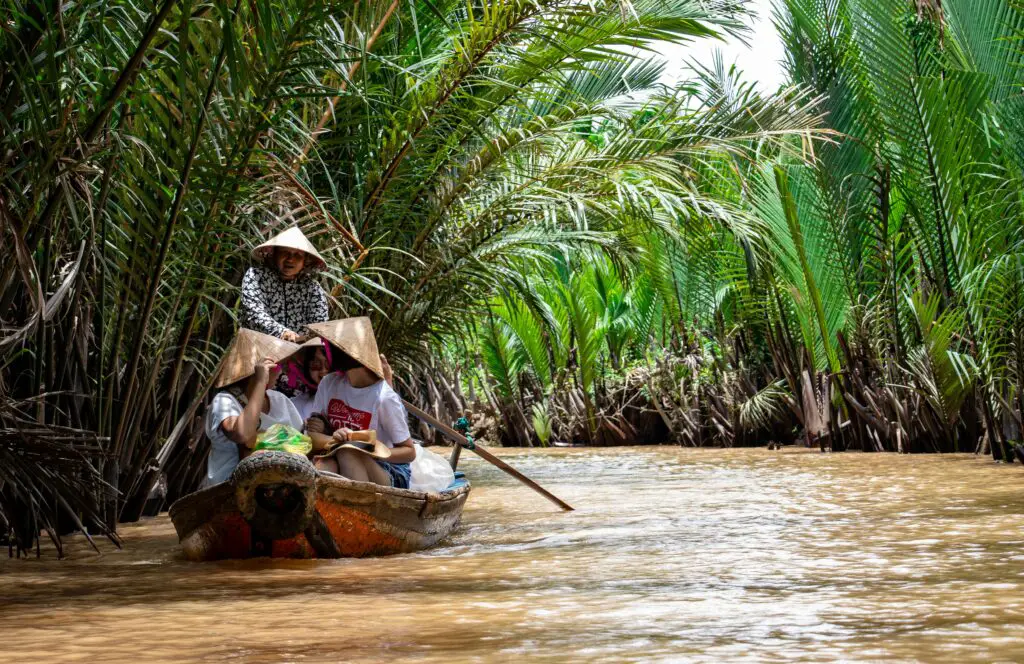
Rising seas and unpredictable monsoon patterns are turning the Mekong Delta into a swampy, unstable mess. Rice farming—once the region’s bread and butter—is faltering. But amphibians, fish, and water snakes are loving the increasingly aquatic terrain.
Species that can breathe through their skin or gulp air from the surface are booming, while floating vegetation has become mobile ecosystems for everything from frogs to insects. Some animals are even shifting their breeding cycles to align with the new flood calendar.
As humans scramble to build levees and desalinate drinking water, these creatures are basically throwing a pool party. It’s wet, wild, and wildly inhospitable for agriculture. But for the right species? It’s paradise.
11. Lake Chad Basin, Central Africa

Lake Chad used to be massive. Now it’s a fraction of its former self, and people who relied on it for fishing and farming are struggling. But desert-loving animals like dromedary camels, monitor lizards, and jackals are adjusting to the shrinking shoreline.
As the water recedes, new salt flats and scrublands are opening up, which are ideal for animals that don’t need much water. Flamingos are even shifting their nesting grounds to align with the changing wetlands. Meanwhile, aquatic species that can breathe air or burrow into mud are holding on.
The human cost is tragic—but nature’s scrappier players are seizing the opportunity. Dry land may be a crisis for us. But for them, it’s just expansion.
12. California’s Salton Sea
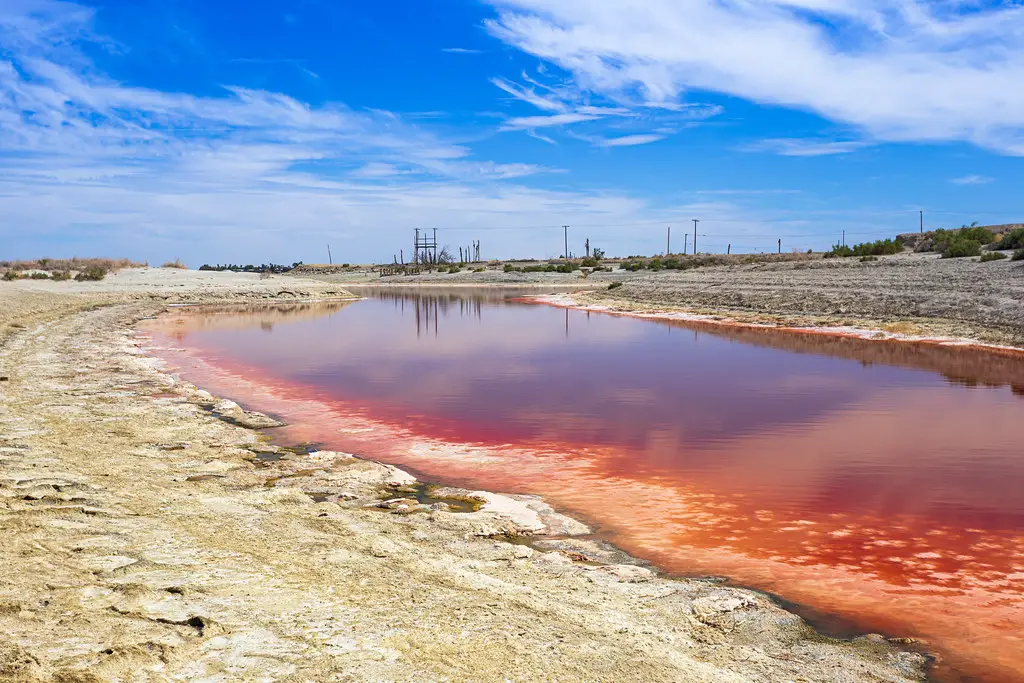
The Salton Sea is drying up, turning into a toxic dust bowl. It’s no longer a tourist destination and definitely not a place you want to breathe for too long. But oddly enough, it’s become a hotspot for certain birds, insects, and hardy fish like tilapia.
Brine flies and alkali flies are booming—creating a snack buffet for migratory birds. And even as the water becomes more saline, some fish are adapting with mutated gill structures and altered behaviors. The ecosystem is shifting fast, but it’s not dying. It’s transforming.
Humans may flee the area coughing and wheezing. But the wildlife? They’re pulling up with front-row tickets to evolution in action.
13. The Tibetan Plateau
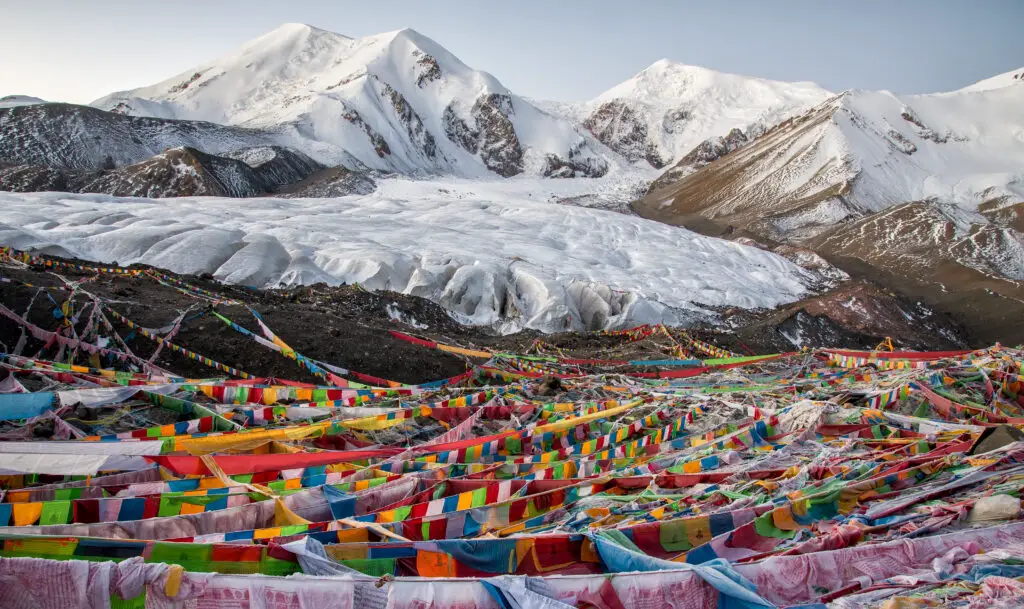
This high-altitude region is warming three times faster than the global average. Glaciers are melting, water systems are changing, and oxygen levels are dropping. Humans are already being forced to relocate as farming and herding become less sustainable.
But animals like yaks, snow leopards, and Tibetan antelopes are adapting to the elevation creep. Their lungs are evolving to process thinner air, and their behaviors are shifting to align with the changing vegetation. Insects and birds are also moving upward, colonizing areas that were once frozen year-round.
It’s turning into a bizarre mash-up of mountain and meadow. For humans? Not ideal. For wildlife built for extremes? A vertical playground.
14. Arctic Coastal Zones
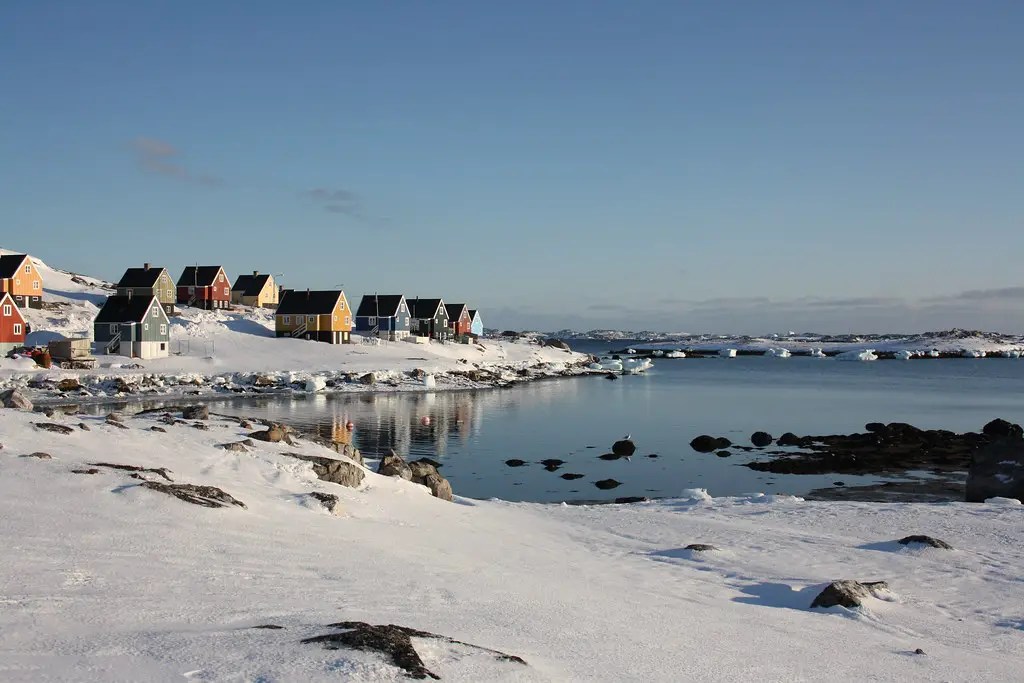
The Arctic is melting fast, and communities built on permafrost are literally sinking. But for polar bears, Arctic foxes, and migrating seabirds, it’s becoming a messy but opportunity-filled terrain. New food sources are appearing as ice melts, and marine species are moving farther north.
Some fish are thriving in the colder, nutrient-rich meltwater, while walruses and seals are shifting their haul-out locations to land-based colonies. The food web is rearranging, and the survivors are adapting in real time. Birds are nesting earlier, while some mammals are shortening or shedding their winter coats altogether.
As the polar frontier becomes less icy and more unstable, humans will likely retreat. But wildlife? They’re braving the chaos with claws, fins, and fluffy resilience.

